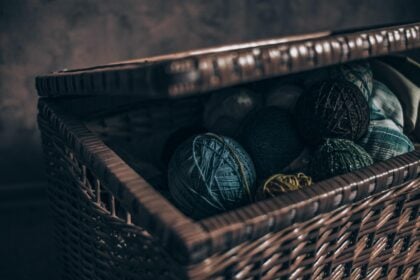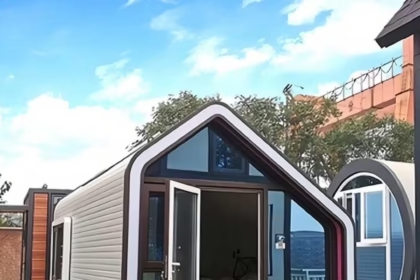Saving the planet fits in your pocket: eco-influencers are Gen Z activists packing a punch in under a minute. 🌿✨
When activism fits in your pocket 📱
From beach cleanups to policy debates, Gen Z eco-influencers are rewriting environmental trends one scroll at a time. Platforms like TikTok and Instagram empower users to learn, share, and act in bite-sized, highly visual formats—turning passive scrolling into real-world impact.
The eco-influencer toolkit: hashtags, hacks, and how-tos 🛠️
#ZeroWasteWeek and #ForClimate aren’t just tags—they’re global calls to action. The hashtag #ForClimate alone has amassed over 533 million views on TikTok, showing Gen Z’s appetite for eco-content. These campaigns often include:
- DIY Tutorials: Upcycling clothes, making household cleaners, or growing micro-greens at home.
- Quick Facts: Bite-sized explainers on carbon footprints or ocean plastics.
- Challenges: From “no-meat Mondays” to “pack-out your park,” these spur friendly competition and shareable results.
Gen Z eco heroes to follow now 🔥
These creators blend passion, credibility, and relatability:
- Vanessa Nakate (@vanessa_vash) – Ugandan founder of Rise Up, spotlighting Africa’s climate front lines.
- Mya-Rose Craig (@birdgirluk) – British-Bangladeshi ornithologist battling biodiversity loss and palm-oil pollution.
- Mari Copeny (“Little Miss Flint”) – Penned the letter that unlocked $100 million to fix Flint’s water crisis.
- Autumn Peltier (@autumpeltier) – Canada’s “water protector,” fusing Indigenous wisdom with viral TikToks on water rights.
- Scarlett Westbrook – Britain’s youngest parliamentary policy writer turned climate justice journalist. (Wikipedia)
Community Voices 💬
“People have named some of my favs including Shelbi, Immy, and Gittemary… I also love Sedona Christina on YouTube!” — u/Significantducks, r/ZeroWaste ✨♻️
“I think deinfluencing is really cool. It’s a harbinger of more things to come in our conversations around what’s working in our world and what’s not.” — u/just-mike, r/ConsciousConsumers 🔄😎
Brand playbook: going green or greenwashing? 🤝
Savvy brands are partnering with eco-influencers to reach Gen Z’s eco-conscious market. According to a BigTrending analysis of sustainable campaigns, brands that:
- Align Values – Collaborate with creators whose activism matches your mission.
- Co-Create Content – Blend product demos with genuine sustainability tips.
- Track Real Impact – Measure both engagement and actions (app installs, sign-ups).
The influence dilemma ⚖️
Rapid, user-generated content can oversimplify complex climate science. That’s why major bodies like the UN Environment Programme now supply top eco-influencers with expert toolkits and data to uphold accuracy.
🔗 Also check out our deep dive on Gen Z’s fast-fashion reckoning—The Fast Fashion Backlash: Will Gen Z Finally Quit Shein?
Conclusion: turning shares into action ✨
Eco-influencers show that saving the planet isn’t a lecture—it’s a viral lifestyle. By packing passion, proof, and play into every post, Gen Z is proving that actionable environmental trends can fit in a 15-second clip—and spark real change.
FAQ
Q: What is an eco-influencer?
An eco-influencer is a content creator who educates and inspires audiences on environmental issues—like zero-waste living or climate justice—through engaging social media posts.
Q: How can I support eco-influencers?
Engage with their content—like, comment, share—and adopt the sustainable habits they showcase, from DIY composting to plant-based meal swaps.
Q: Why is Gen Z driving this movement?
Raised amid climate warnings and social media, Gen Z values authenticity and immediate action, turning platforms like TikTok into hubs for rapid eco-education.
Q: How do brands measure success with eco-influencers?
Beyond likes and views, brands track downloads of sustainability apps, hashtag participation rates, and tangible behavior changes like reduced plastic use.









